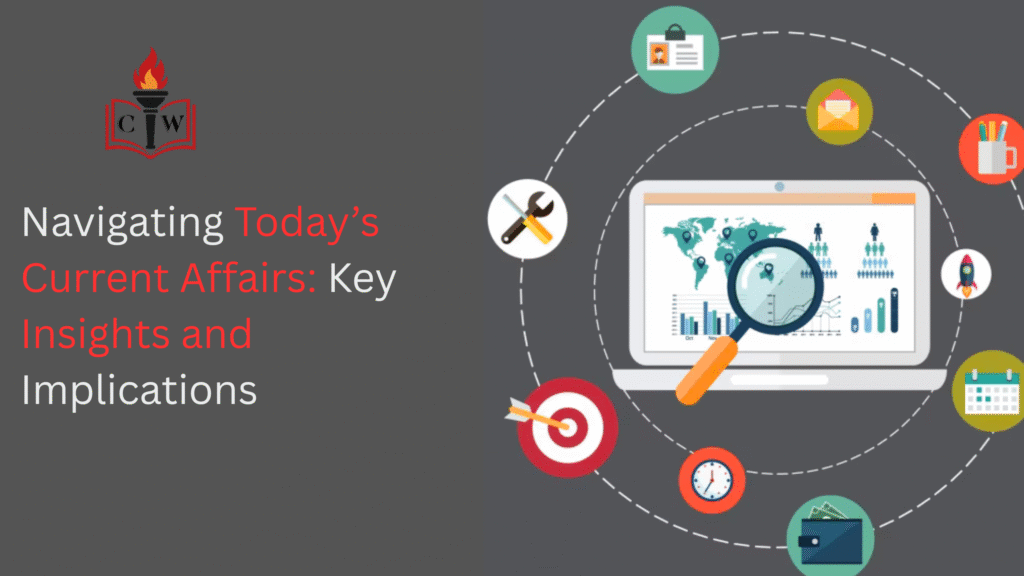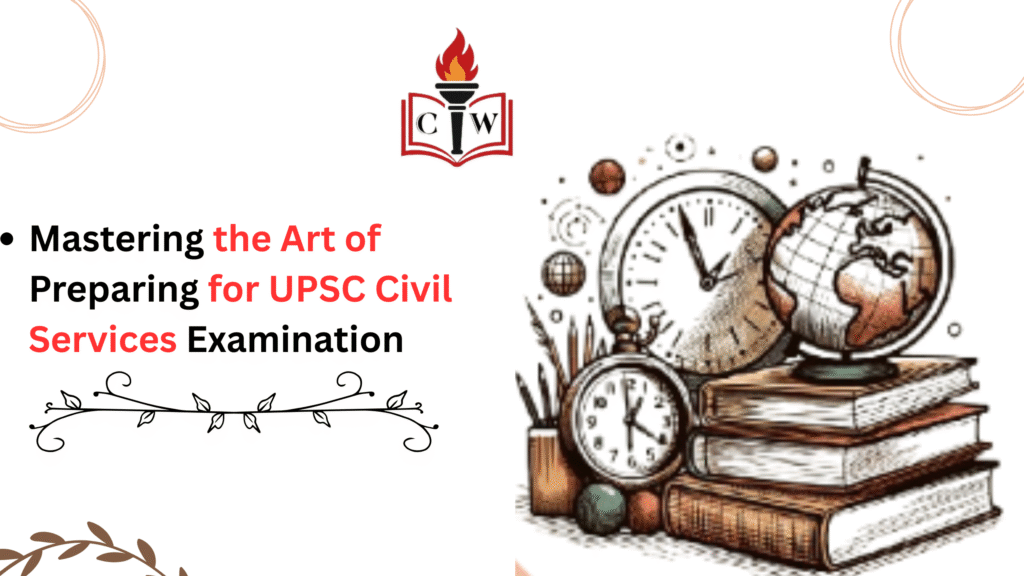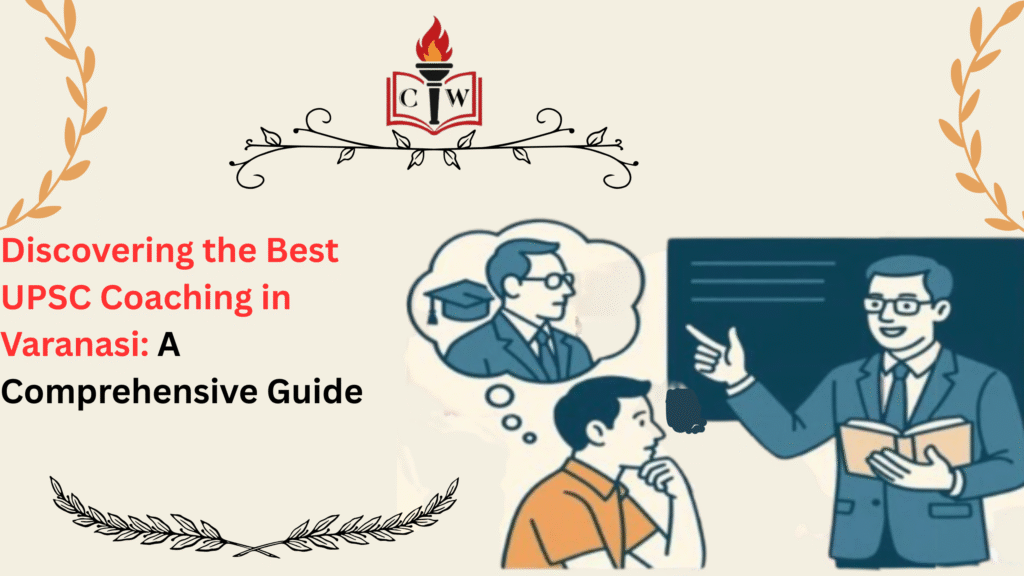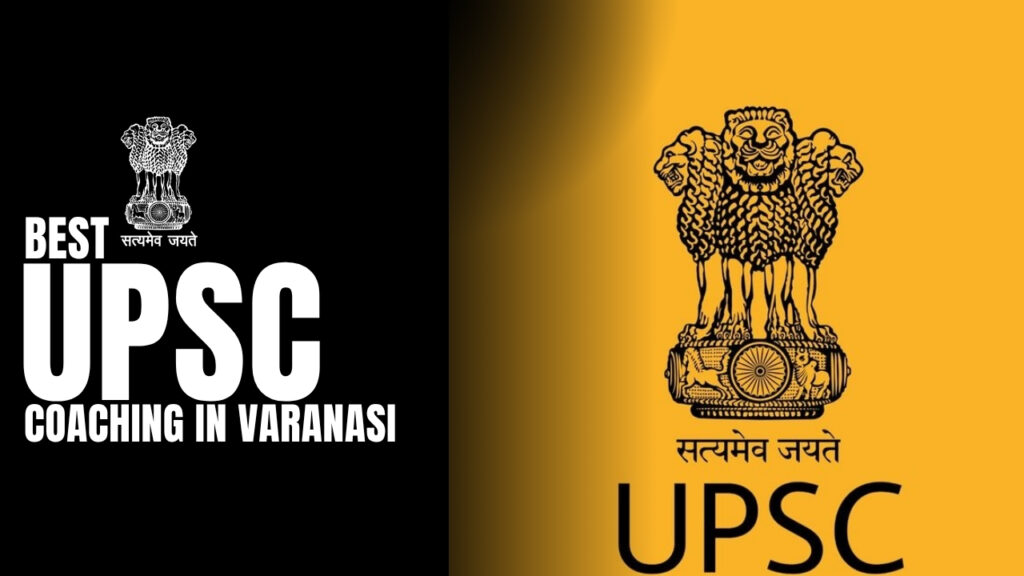DAILY CURRENT AFFAIRS IAS | UPSC Prelims and Mains Exam – 13th June – 2025
Archives (PRELIMS Focus) Air India Flight AI171 Crashes in Ahmedabad Category: POLITY Context: An Air India Boeing 787-8 Dreamliner, en route from Ahmedabad to London, crashed shortly after takeoff on June 12, 2025, killing 241 out of 242 peoples on board Decoding Context: Casualties and Survivors Total onboard: 242 (230 passengers, 2 pilots, 10 crew) Fatalities: 241 Sole survivor: A British national of Indian origin (Seat 11A) Passenger nationalities: 169 Indians, 53 British, 7 Portuguese, 1 Canadian Additional victims: Residents in the crash zone feared dead or injured Crash Details Took off at 1:38 PM IST Issued a “mayday” distress call moments after take-off Lost contact and crashed within minutes, followed by a large explosion Witnesses saw it flying abnormally low before impact Response and Investigation PM Modi and the Civil Aviation Minister ordered rescue operations and suspended airport activity DGCA will lead the investigation with Boeing and international assistance Support teams and helplines set up for affected families Notable Casualties Former Gujarat CM Vijay Rupani was among the passengers and is presumed dead Learning Corner: Organizations That Handle Airplane Accidents in India India has a structured aviation safety framework involving multiple agencies that oversee investigation, regulation, and response to aircraft accidents. Here are the key organizations: Directorate General of Civil Aviation (DGCA) Role: Regulatory body for civil aviation in India. Functions: Ensures air safety standards. Grants licenses to pilots, engineers, and airlines. Monitors aircraft operations and airworthiness. In Accidents: Supervises initial response and coordinates with investigators. Ensures airline compliance with post-crash protocols. Aircraft Accident Investigation Bureau (AAIB) Role: Primary agency for investigating aircraft accidents and serious incidents. Established: 2011 under the Ministry of Civil Aviation (MoCA), following ICAO guidelines. Functions: Conducts independent investigations. Determines causes and contributing factors. Recommends safety measures to prevent recurrence. Legal Backing: Works under Aircraft (Investigation of Accidents and Incidents) Rules, 2017. Ministry of Civil Aviation (MoCA) Role: Parent ministry overseeing DGCA and AAIB. Functions: Approves aviation safety policies. Coordinates with other ministries (Home, Defense) during major accidents. Provides high-level oversight of investigations and compensation issues. Airports Authority of India (AAI) Role: Manages airport infrastructure and air traffic services. Functions in Accidents: Supports rescue and firefighting (ARFF) at airports. Assists in emergency coordination and communications. National Disaster Response Force (NDRF) & Local Administration Role: Provides emergency response, rescue, and recovery. Functions: Assists in evacuating survivors and retrieving bodies. Handles hazardous materials if involved in the crash. Source : THE HINDU Global Gender Gap Index Category: INTERNATIONAL Context: India ranked 131st out of 148 countries in the Global Gender Gap Index 2025, slipping two spots from its 2024 rank (129th) Key Highlights: Political Empowerment: Dropped by 0.6 points. Women’s representation in Parliament fell from 14.7% to 13.8%. Ministerial positions held by women declined from 6.5% to 5.6%. Economic Participation: Slight improvement to 40.7%. Women estimated earned income rose to 29.9%. Labour force participation parity remained at 45.9%. India remains in the bottom five globally for this pillar. Education and Health: Educational parity reached 97.1%. Health and survival scores improved slightly, aided by better sex ratio at birth. Regional Comparison: Ranked below Bangladesh (24), Bhutan (119), Nepal (125), and Sri Lanka (130). Ahead only of Maldives and Pakistan in South Asia. Global Overview: The global gender gap is 68.8% closed. At the current pace, it will take over 120 years to achieve global gender parity. India remains among the bottom 20 countries worldwide. Learning Corner: Note on Global Gender Gap Index The Global Gender Gap Index is an annual report published by the World Economic Forum (WEF) that measures gender-based disparities across countries. First launched in 2006, the index evaluates the progress of nations toward gender parity using a standardized framework. Key Features: Published by: World Economic Forum (WEF) Latest Edition: Global Gender Gap Report 2025 Coverage: 148 countries (in 2025 edition) Core Dimensions Measured: Economic Participation and Opportunity Includes wage equality, labour force participation, and advancement to leadership roles. Educational Attainment Covers literacy rates and enrolment in primary to tertiary education. Health and Survival Considers sex ratio at birth and life expectancy. Political Empowerment Measures representation in Parliament and ministerial positions. Scoring: Score Range: 0 to 1 A score of 1 indicates full gender parity. A score closer to 0 indicates high inequality. Significance: Tracks gender gaps, not absolute levels of development. Helps policymakers identify areas needing intervention. Benchmarks progress across time and regions. Source: THE HINDU International Atomic Energy Agency (IAEA) Category: INTERNATIONAL Context : The International Atomic Energy Agency (IAEA) Board of Governors passed a resolution formally censuring Iran for failing to meet its nuclear obligations—the first such action in 20 years Decoding Context: Key Reasons for the Censure Iran has repeatedly failed to cooperate fully since 2019 regarding undeclared nuclear materials and sites. It has not provided credible explanations for uranium traces found at undisclosed locations. These actions violate Iran’s Safeguards Agreement under the Nuclear Non-Proliferation Treaty (NPT). Implications The censure raises the possibility of Iran being referred to the UN Security Council, which could lead to renewed international sanctions. It has intensified geopolitical tensions, with concerns over potential Israeli military action. Iran’s Response Iran rejected the resolution, calling it politically motivated. Announced plans to build a new uranium enrichment facility and install sixth-generation centrifuges at Fordow. Warned of additional retaliatory steps, including reconsidering its NPT membership. Learning Corner: International Atomic Energy Agency (IAEA) Established: 1957, under the UN. Headquarters: Vienna, Austria. Mandate: Promotes peaceful use of nuclear energy, prevents nuclear weapons proliferation. Functions: Conducts nuclear inspections. Ensures compliance with Safeguards Agreements. Assists in nuclear safety, science, and technology. Reports to: UN General Assembly and Security Council. Nuclear Non-Proliferation Treaty (NPT) Came into force: 1970. Members: 191 countries (India, Pakistan, Israel are non-signatories). Objectives: Non-Proliferation: Prevent spread of nuclear weapons. Disarmament: Promote disarmament efforts. Peaceful Use: Allow access to nuclear energy for civilian use under safeguards. Safeguards Agreement: Signatory states must allow IAEA inspections of nuclear facilities. JCPOA (Joint Comprehensive Plan of Action) The Joint Comprehensive Plan of Action (JCPOA) is a
DAILY CURRENT AFFAIRS IAS | UPSC Prelims and Mains Exam – 13th June – 2025 Read More »





